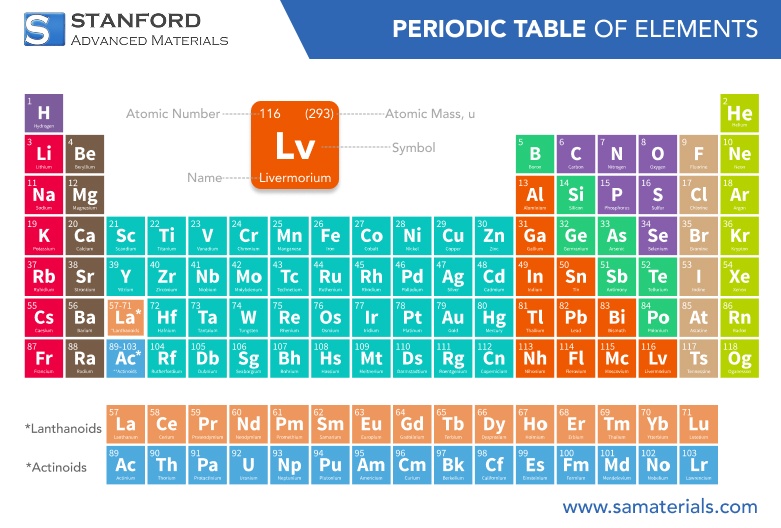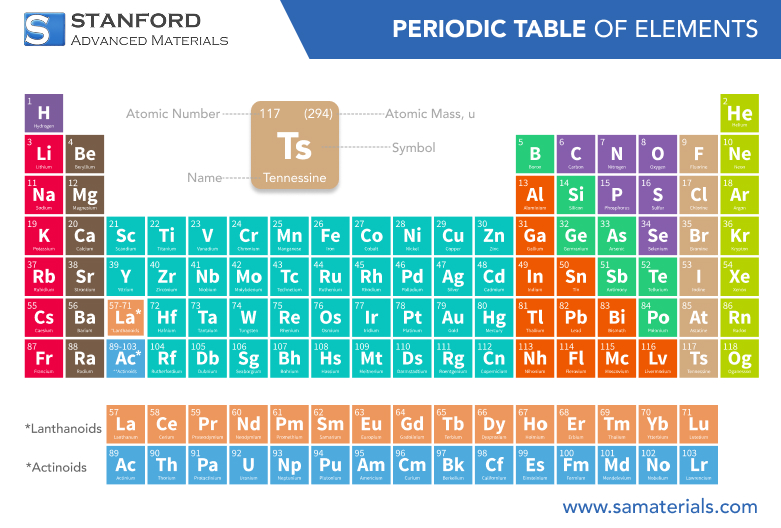Chlorine: Element Properties And Uses
Description
Chlorine is a widely used chemical element with various industrial applications ranging from water treatment to the manufacture of everyday materials.
Introduction to the Element
Chlorine is a chemical element with the symbol Cl and the atomic number 17. It belongs to the halogen group in the periodic table, which includes Fluorine, Bromine, Iodine and Astatine. Chlorine is a reactive element that is employed in disinfection and sanitary processes, including the treatment of drinking water and swimming pools.
At room temperature, chlorine exists as a yellow‐green gas. It readily reacts with other elements to form various compounds. These compounds are used in distinct industrial sectors, for example in the production of plastics, pharmaceuticals and cleaning agents.
Description of Chemical Properties
Chlorine is highly reactive and electronegative. As a halogen, it forms salts by combining with metals. Its main chemical characteristics are as follows:
- Reactivity: Chlorine reacts rapidly with many elements and compounds, producing acidic compounds such as hydrochloric acid (HCl) when it reacts with hydrogen.
- Oxidising Agent: Chlorine acts as an oxidising agent thereby accepting electrons from other substances.
- Bonding: In most cases, chlorine forms covalent bonds with non-metals in the synthesis of compounds such as chlorides.
- Acidity: When combined with water, chlorine produces hydrochloric acid and hypochlorous acid, both of which are strongly acidic.
These chemical properties render chlorine essential in industrial processes such as water treatment, bleach production and the synthesis of organic compounds.
Physical Properties Data Table
|
Property |
Value |
|
Atomic Number |
17 |
|
Symbol |
Cl |
|
Atomic Mass |
35.45 u |
|
State at Room Temperature |
Gas |
|
Colour |
Yellow-green |
|
Gas Density |
3.2 g/L |
|
Melting Point |
-101.5°C |
|
-34.04°C |
|
|
Solubility in Water |
Soluble |
These physical properties delineate the behaviour of chlorine and indicate the challenges associated with its handling in various industrial and laboratory settings.
Common Uses
Chlorine is employed in several industries, including:
- Water Treatment: Chlorine is used in water treatment plants to eliminate bacteria and pathogens, thereby making water suitable for consumption.
- Bleach Production: Chlorine is a key component in the manufacture of sodium hypochlorite, which is widely known as household bleach.
- Plastic Manufacture: Chlorine is utilised in the production of polyvinyl chloride (PVC). PVC is applied in a variety of contexts including pipes, flooring and window frames.
- Pharmaceuticals: Chlorine compounds are used in the production of pharmaceuticals and disinfecting agents.
- Pesticides: Chlorine is employed in the synthesis of several pesticides and herbicides.
Production Methods
Chlorine is typically produced by the electrolysis of sodium chloride (NaCl) in a procedure known as the Chlor-Alkali Process. In this process, an electric current is passed through an aqueous sodium chloride solution, thereby depositing chlorine gas, hydrogen gas and sodium hydroxide (NaOH).
Chlor-Alkali Process:
-
Electrolysis Reaction:
2NaCl (aq) + 2H2O (l) → Cl2 (g) + H2 (g) + 2NaOH (aq)
This method is employed in industrial production owing to its efficiency and cost‐effectiveness.
Related Industrial Products
In addition to its use in bleach and PVC manufacture, chlorine is involved in the production of other industrial products:
- Solvents: Chlorine is incorporated in the manufacture of chlorinated solvents such as chloroform and carbon tetrachloride.
- Hydrochloric Acid: Chlorine is essential in the industrial production of hydrochloric acid, which is used for cleaning, metal processing and other chemical applications.
- Herbicides and Insecticides: Chlorine compounds are utilised in the formulation of herbicides and insecticides for agriculture.
These industrial products make chlorine a valuable and versatile chemical in both industry and agriculture.
Frequently Asked Questions
What are the daily applications of chlorine?
Chlorine is used for water disinfection, bleach production and in the formulation of disinfectants.
Is chlorine harmful to humans?
High concentrations of chlorine are toxic. It may cause respiratory difficulties and skin irritation. However, it is safe when used in controlled quantities such as in water treatment.
How is chlorine produced?
Chlorine is primarily produced by the electrolysis of sodium chloride in the Chlor-Alkali Process, whereby chlorine gas, hydrogen gas and sodium hydroxide are separated.
Why is chlorine important for water treatment?
Chlorine is critical in water treatment because it eliminates bacteria, viruses and other pathogens, thereby ensuring that water is safe for consumption and recreational use.
Can chlorine be used in the medical field?
Yes, chlorine compounds are utilised in the pharmaceutical industry for the manufacture of certain medications and disinfectants.

 Bars
Bars
 Beads & Spheres
Beads & Spheres
 Bolts & Nuts
Bolts & Nuts
 Crucibles
Crucibles
 Discs
Discs
 Fibers & Fabrics
Fibers & Fabrics
 Films
Films
 Flake
Flake
 Foams
Foams
 Foil
Foil
 Granules
Granules
 Honeycombs
Honeycombs
 Ink
Ink
 Laminate
Laminate
 Lumps
Lumps
 Meshes
Meshes
 Metallised Film
Metallised Film
 Plate
Plate
 Powders
Powders
 Rod
Rod
 Sheets
Sheets
 Single Crystals
Single Crystals
 Sputtering Target
Sputtering Target
 Tubes
Tubes
 Washer
Washer
 Wires
Wires
 Converters & Calculators
Converters & Calculators
 Write for Us
Write for Us
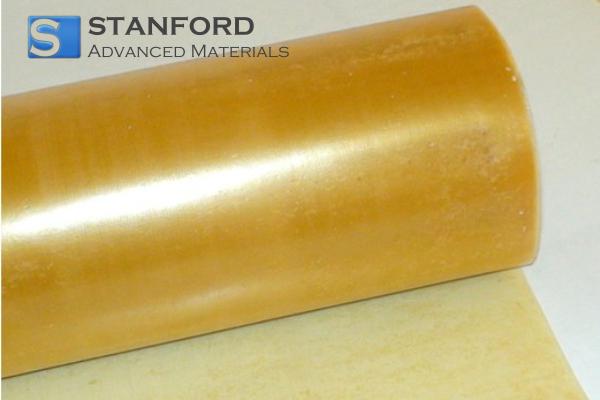

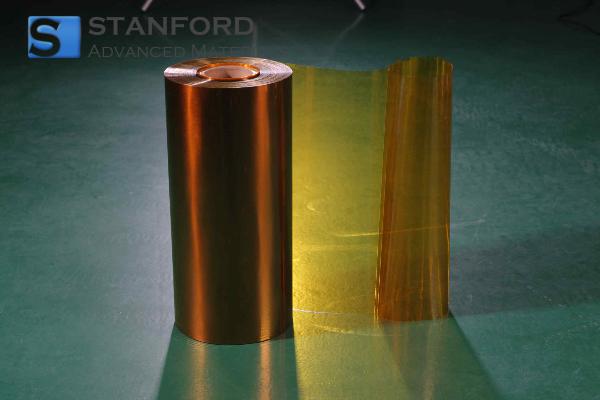
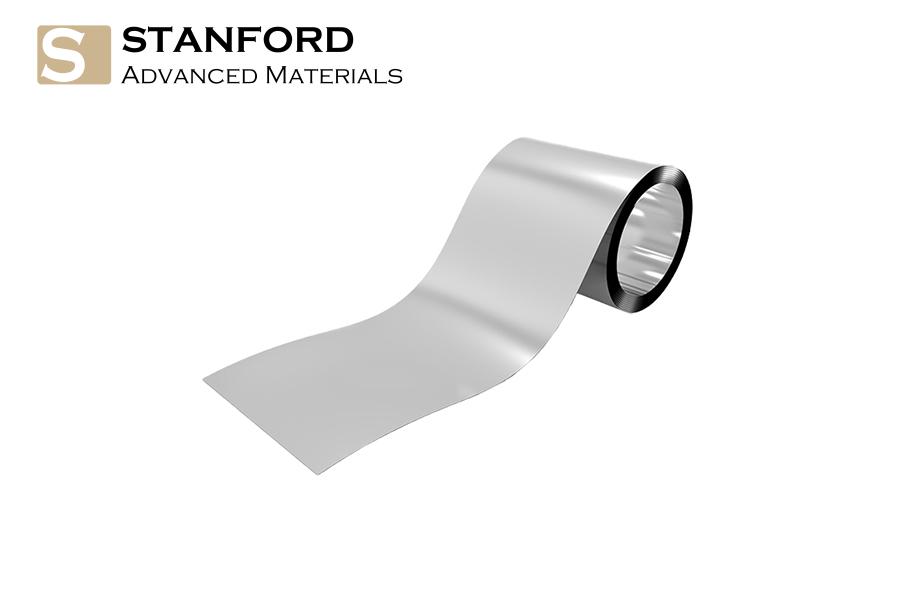
 Chin Trento
Chin Trento

